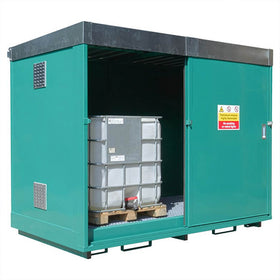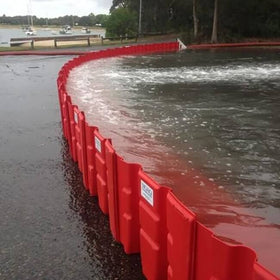Planning for an accidental spill
The Environment Agency’s Pollution Prevention Guideline 21 (PPG21) contains a wealth of advice that any industrial factory owner should read through so they can meet current legislation.
One thing that PPG21 talks about in a little detail is the importance of having a spill response plan in place so that the time it takes to respond to a spill and the way you respond to a spill are greatly improved. Information contained within PPG21 carefully considers the reasons why you may need a plan and what information should be included in that plan. It also discusses the persons who should be involved and puts forward the procedures which need to take place so that the plan can be implemented.
Any site which uses harmful liquids, such as chemicals or fuel oils, has the potential to cause pollution to the environment should any of the liquid be spilled. And although many sites do have containment systems in place, it’s often the case that these are sorely inadequate.
Things which may cause a spill at your industrial site include the overfilling of containment vessels, a spill during the filling of a bunded fuel tank, a failure of a tank, incorrect storage of hazardous liquids or a tank connection failure.




